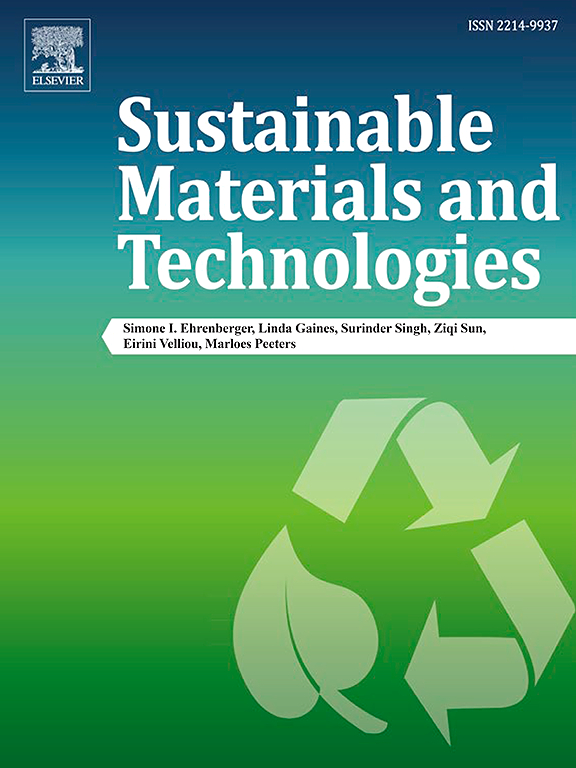生物可降解聚酯的环保添加剂:性能优化和减少环境影响的最新进展
IF 8.6
2区 工程技术
Q1 ENERGY & FUELS
引用次数: 0
摘要
生物降解聚合物已成为石油基聚合物的主要替代品,而石油基聚合物会对环境造成有害影响。其中,生物可降解聚酯尤其值得关注,因其卓越的性能而闻名,可应用于食品包装、生物医学设备和农业等多个行业。本综合分析报告深入探讨了各种添加剂(重点是环保型添加剂)对可生物降解聚酯的影响,最新研究成果也证明了这一点。对添加剂进行了系统分类,以便在不同的工业背景下提供细致入微的理解。在探讨这些添加剂时,采用了细致的分类方法,确保对每个行业进行重点分析。此外,本研究还首次对可生物降解聚酯添加剂进行了全面分类。值得注意的类别包括水解稳定剂、氧化稳定剂和紫外线(UV)稳定剂、成核剂和交联剂,每一类都在本综述报告的范围内进行了详细分析。本综述研究的生物降解聚酯包括 PHA、PBS 和 PBAT。通过对这些特定聚合物的研究,可以进行有针对性的比较分析,了解每类聚合物对各种添加剂的细微反应。本综述深入探讨了添加剂与可生物降解聚酯之间的相互作用,有助于各行各业开发环保材料。本文章由计算机程序翻译,如有差异,请以英文原文为准。
Eco-friendly additives for biodegradable polyesters: Recent progress in performance optimization and environmental impact reduction
Biodegradable polymers have emerged as principal alternatives to petroleum-based polymers, which exert a detrimental impact on the environment. Among these, biodegradable polyesters stand out as particularly noteworthy, renowned for their exceptional properties that find application across diverse industries, including food packaging, biomedical devices, and agriculture. This comprehensive analysis delves into the impact of various additives, with a focus on eco-friendly ones, on biodegradable polyesters, as evidenced by recent research endeavors. The additives are systematically categorized to provide a nuanced understanding within distinct industrial contexts. In the exploration of these additives, a meticulous classification is employed, ensuring a focused analysis of each industry. Furthermore, this study is the first inclusive approach to categorizing additives for biodegradable polyesters. Noteworthy categories encompass hydrolysis stabilizers, oxidative and Ultraviolet (UV) stabilizers, nucleation agents, and crosslinking agents, each examined in detail within the scope of this review paper. The biodegradable polyesters under scrutiny in this review encompass PHA, PBS, and PBAT. The examination of these specific polymers allows for a focused and comparative analysis, shedding light on the nuanced responses to various additives within each polymer category. This review provides an in-depth discussion of the interplay between additives and biodegradable polyesters, contributing to the development of environmentally friendly materials across various industries.
求助全文
通过发布文献求助,成功后即可免费获取论文全文。
去求助
来源期刊

Sustainable Materials and Technologies
Energy-Renewable Energy, Sustainability and the Environment
CiteScore
13.40
自引率
4.20%
发文量
158
审稿时长
45 days
期刊介绍:
Sustainable Materials and Technologies (SM&T), an international, cross-disciplinary, fully open access journal published by Elsevier, focuses on original full-length research articles and reviews. It covers applied or fundamental science of nano-, micro-, meso-, and macro-scale aspects of materials and technologies for sustainable development. SM&T gives special attention to contributions that bridge the knowledge gap between materials and system designs.
 求助内容:
求助内容: 应助结果提醒方式:
应助结果提醒方式:


